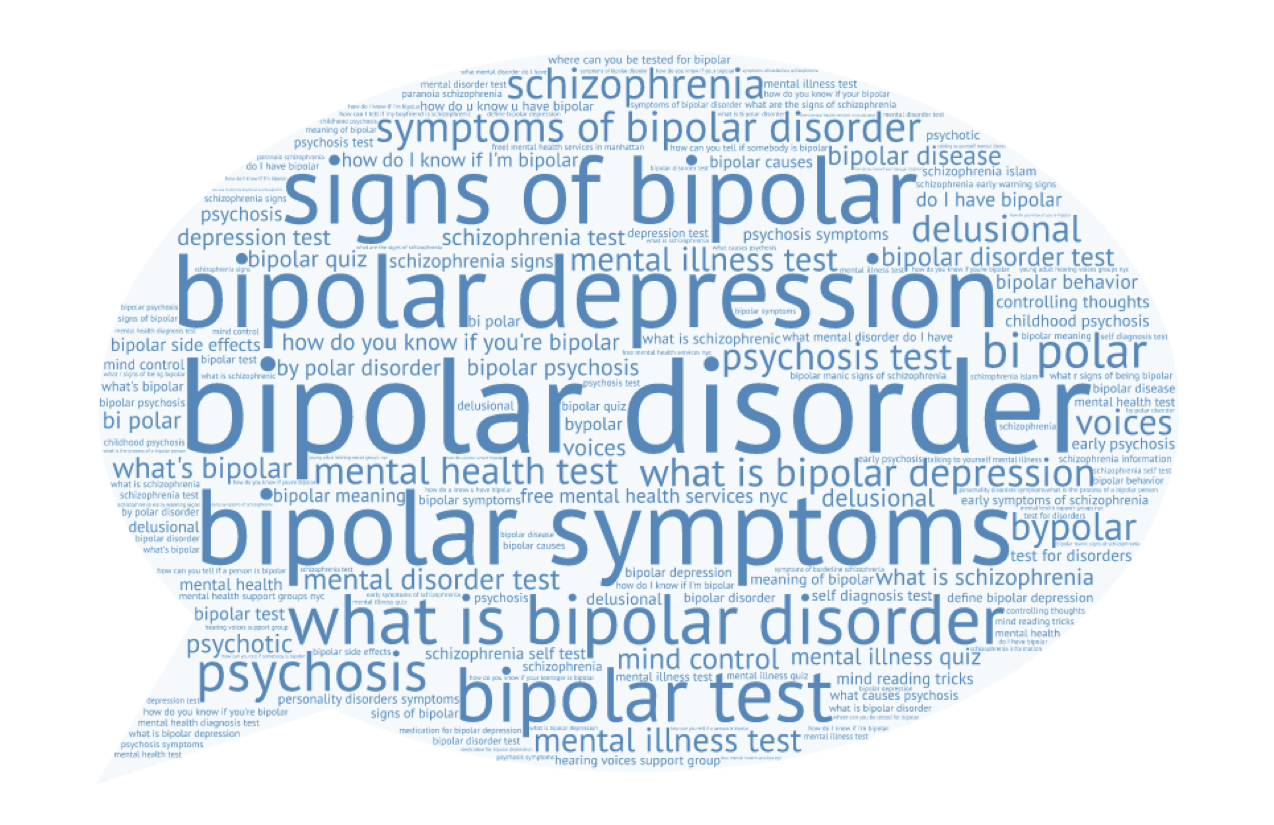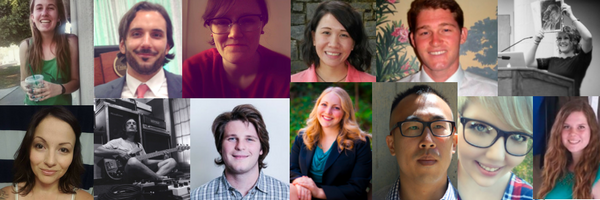Digital Intervention Pilot Results: Infographic
Team Strong 365

Could digital media play a role in shortening the pathway to effective mental healthcare? A closer look at Strong 365 pilot results provides some clues.
Our flagship program, Strong 365 (formerly StrongMinds Project) is reaching young people with life-saving mental healthcare before an episode of psychosis becomes a crisis. A recent pilot of the program run in partnership with a clinical research team at Northwell’s Early Treatment Program found that we can indeed identify young people at risk for psychosis. We’re excited to share a snapshot of what we did, what we learned and where we’re headed next!
Why It’s Important
The Impact of Early Treatment

Thirty years of research confirms that the time from onset of symptoms to accessing treatment is the single largest factor driving health and quality of life outcomes. Despite the proven power of early intervention and the availability of excellent services throughout NYC, seeking treatment continues to be a formidable obstacle for young people experiencing their first episode of psychosis. Only about half of 18-25 year olds facing mental health challenges seek treatment.[1] The period between first symptoms and accessing treatment – currently more than one year in the United States – is also known to be the riskiest time for suicide, social isolation, school drop out, unemployment and hospitalization. Psychotic disorders such as schizophrenia and bipolar disorder affect 3% (over 9 million) Americans in their lifetime.
Our Solution
Strong 365 identifies people in the early stages of a mental health concern and uses digital ads (i.e. Google search ads) to connect them to specialized treatment in their communities. Strong 365 ads are linked to a campaign landing page on strong365.org that offers a symptom screener, connection to peers with similar experiences, connection to their local early treatment team and mental health education. See the infographic below for our key findings.
What’s Next: Building A Bridge to Clinical Care
With promising initial results, our team is raising $25,000 to run an expanded second stage pilot that enables us to build peer-run support tools on the website to serve as a bridge to clinical care. It will also allow us to reach a substantially larger target population within our testbed (NYC), with a goal of sending 40,000 people to the website and 300-400 referrals to treatment and support. Following a more robust second-stage evaluation, our ultimate goal is to use our findings to replicate this program across the country in areas with access to early treatment.
We invite you to be a part of growing this work by enabling us to reach our fundraising goal! Every dollar is tax-deductible, goes 100% toward the project and makes an impact for young people who are searching for mental health information. Thank you for your support!

We couldn’t do this work without our Youth Leaders. Learn more about them on our Crowdrise page:

Have a question about Strong 365? Interested in getting involved or partnering with us? Let’s connect!
[1] Substance Abuse and Mental Health Services Administration. Behavioral Health Barometer: United States, 2014. HHS Publication No. SMA–15–4895. Rockville, MD: Substance Abuse and Mental Health Services Administration, 2015.
The strength to persist and thrive through mental health struggles exists in all of us. 🫶🏽
Join our Strong365 Community on Instagram, Facebook, and Twitter to keep the conversation going. Or, learn how you can get involved to support us on our mission for mental health.
